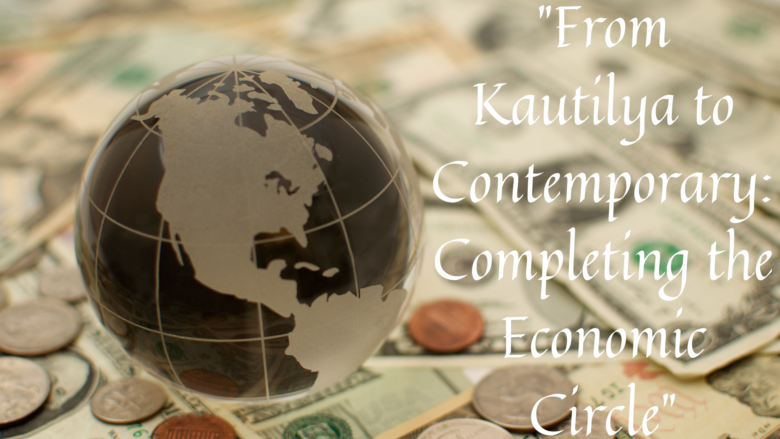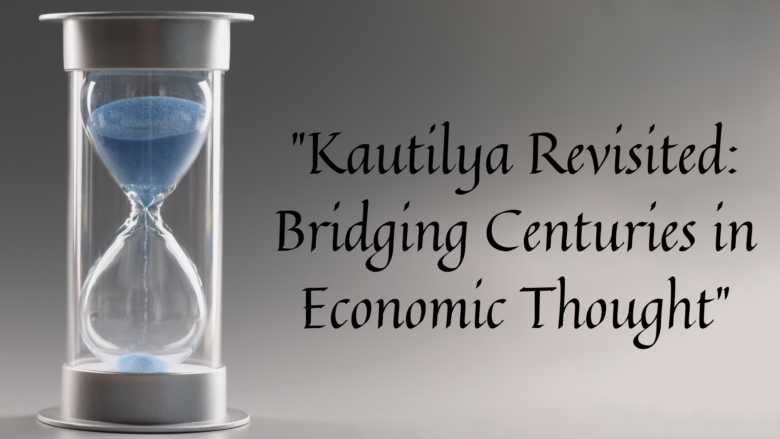In the second part of our series on navigating economic policy challenges in times of global uncertainty, we focus on the various policy responses being implemented worldwide. Amidst the complex backdrop of an uncertain global economy, policymakers are charting paths through uncharted territories. Policy Responses to Economic Uncertainty Fiscal and Monetary Policy Tools Policymakers …
Month: January 2024
In the ever-evolving landscape of global economics, 2024 stands as a year marked by resilience amid mounting challenges, fostering cautious optimism yet heralding looming complexities. This first installment of our two-part series delves into the key factors contributing to the current global economic uncertainty, their impact on global trade and investment, and the daunting challenge …
As we continue our exploration into India’s economic ascent, this second installment focuses on the challenges and future prospects facing India as it strides towards becoming an economic superpower. Despite impressive growth and potential, India confronts a blend of domestic and global hurdles. Navigating Global and Domestic Challenges The Economic Slowdown Ahead Oxford Economics …
In the rapidly evolving tapestry of global economics, India stands out as a beacon of dynamic growth and potential. This first installment of our two-part series delves into the meteoric rise of India’s economy, marking its transition from a service-based to a manufacturing-led powerhouse and its pivotal role in reshaping the Asia-Pacific economic landscape. …
In the second installment of our series on the global economic slowdown, we turn our focus to emerging markets (EMs). Despite the significant headwinds posed by the current global economic climate, these nations are not just passively enduring but actively strategizing for resilience and growth. Let’s explore how these economies are adapting to the challenges …
In the intricate world of global economics, 2024 marks a year of significant challenges and profound realignments. As the World Bank forecasts the slowest half-decade of GDP growth in 30 years, nations worldwide, especially emerging markets, face a critical juncture. This first installment of our two-part series delves into the causes and implications of this …
In this final part of our series, we delve into the economic teachings of Kautilya and compare them with the ideas of Raghuram Rajan, Thomas Piketty, and Elinor Ostrom. This exploration aims to bridge ancient wisdom with contemporary economic thought, highlighting the timeless relevance of Kautilya’s insights. Kautilya: The Architect of Economic Strategy Kautilya’s “Arthashastra” …
Welcome back to our series where we compare the ancient economic wisdom of Kautilya with modern economic thinkers. In this second installment, we will examine how Kautilya’s teachings compare with the ideologies of Milton Friedman, Amartya Sen, and John Maynard Keynes. Kautilya: A Synthesis of Ethics and Economics Kautilya, the architect behind the Mauryan Empire’s …
In this three-part blog series, we will embark on a journey through time, comparing the ancient wisdom of Kautilya, an Indian philosopher, economist, and royal advisor, with contemporary economic thought. Today, we’ll explore how Kautilya’s teachings, primarily found in his treatise “Arthashastra,” align with or diverge from the ideologies of Joseph Stiglitz, Esther Duflo, and …
In the realm of modern economics, few names stir as much debate as Thomas Piketty. This French economist rose to prominence with his 2013 book, “Capital in the Twenty-First Century,” which delves into the intricate and contentious issue of wealth and income inequality. But who is Piketty, and why do his ideas matter? Piketty’s Central …










